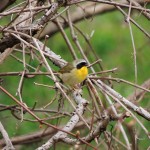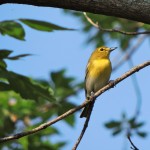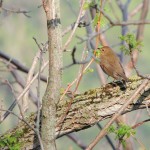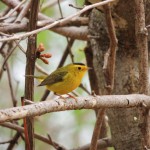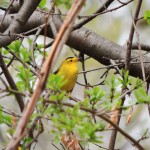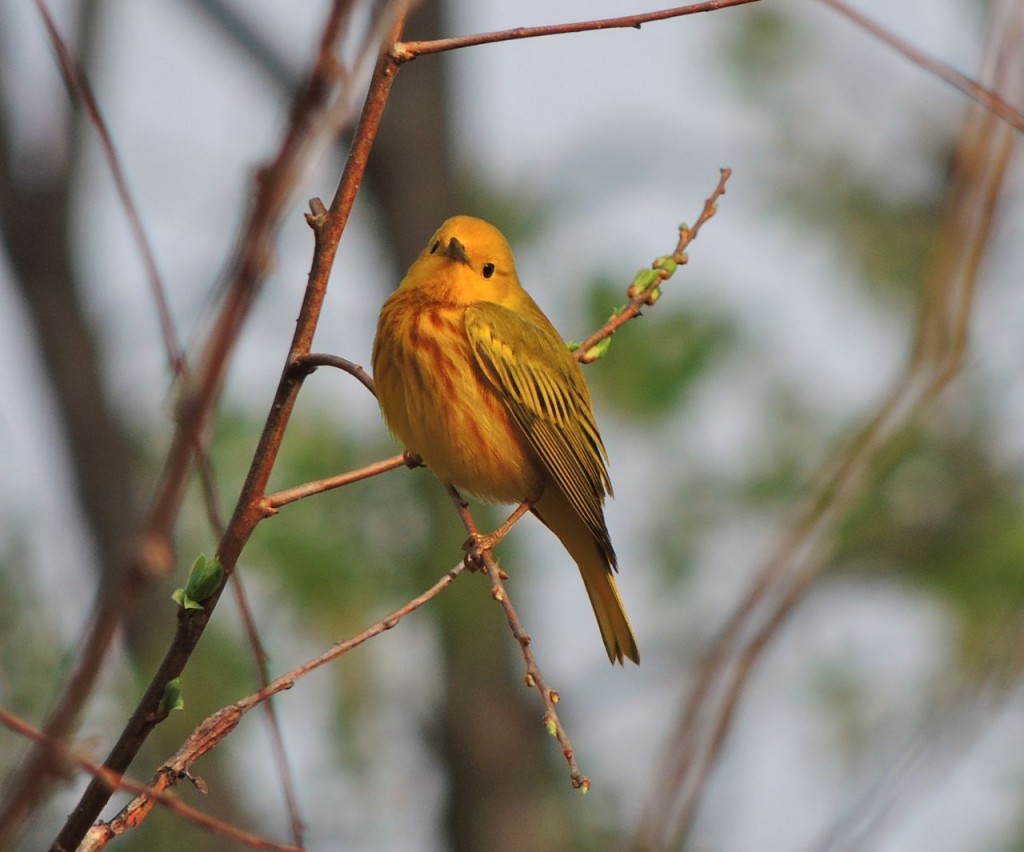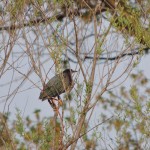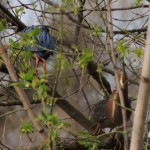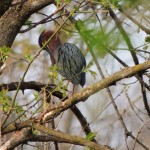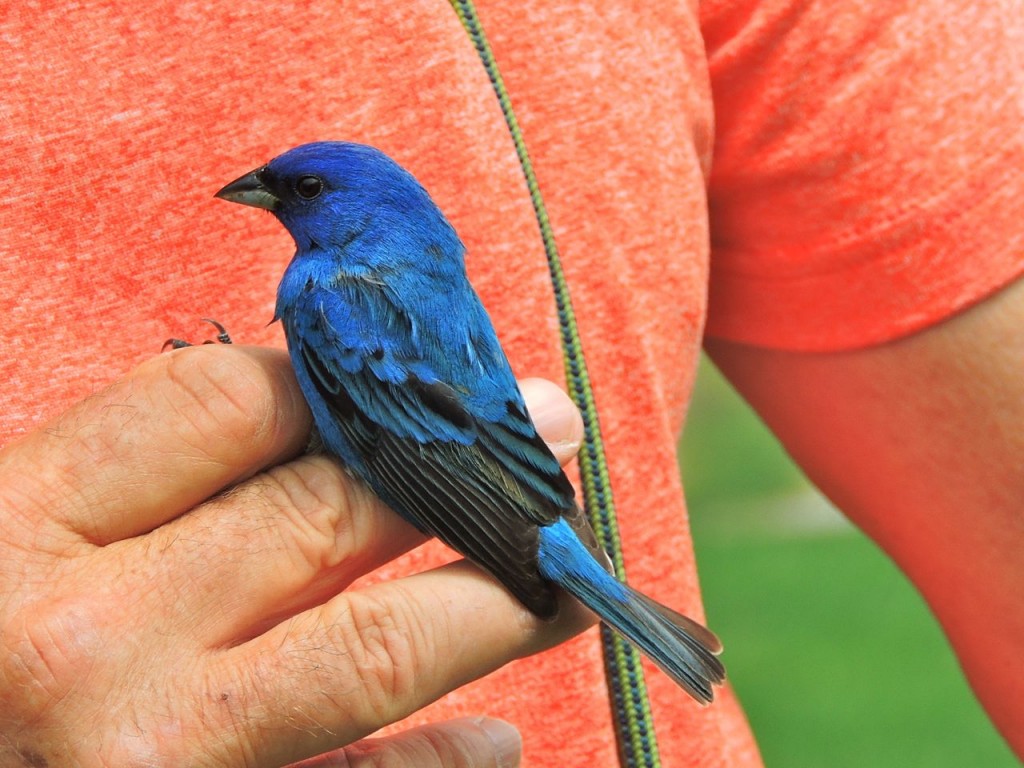17 May 2015, East Point, New Jersey. As if Cape May weren’t special enough as a place to go and watch any and all birds in spring and fall, it is also a destination to witness the spectacular spring assembly of migrating Red Knots, today’s incontestable Bird of the Day. The Red Knot is a strikingly colourful and compact shorebird with a story, some of it jaw-dropping and some of it hand wringing. On the jaw-dropping side is the bird’s breeding biology, notably the almost incomprehensible 10,000 mile semi-annual migration between the far reaches of South America and its breeding ground shores of Canada’s Arctic Ocean; a journey made in three or four stages with non-stop flights between each refuelling stop. Such a journey would not be possible without reliably abundant food at all of those refuelling stops.

You would not for one moment suppose that the Horseshoe Crab matters a whole lot to Red Knots. Horseshoe Crabs have been around since the dawn of time, they don’t prey on Red Knots and mind their own business crawling around the shallow sea-floors; they seem to have been doing little else for millions of years. But each year in May, Horseshoe Crabs in tens of thousands make their way to the Delaware Bay shores of Cape May to mate and lay eggs; it is quite a spectacle as dozens of what look like upside-down frying pans, wash, tumble and crawl ashore, clawing their way over rocks and each other to mate and lay thousands of pearl blue eggs in the surfy tideline. Those collective billions of eggs are what make the Delaware Bay a critical refuelling stop for Red Knots, they may not feed again before completing the next 3,000 mile flight to their high Arctic breeding grounds. It’s hard to comprehend that this, you wouldn’t call it a ritual, perhaps cycle would be better, has been happening every spring for millions of years. They were definitely here before any of our Homo erectus ancestors even thought of leaving Africa for greener pastures.


The problem is that 20th Century man, Homo sapien, decided Horseshoe Crabs could be harvested and pulverized for fertilizer. After all, the reasoning went, they’re ugly, no use to anyone and we might as well do something useful with them. Cataclysmic over-harvesting of Horseshoe Crabs meant fewer eggs to feed Red Knots, less food led to lower (or failed) breeding success and in the last decades of the twentieth century the knot population crashed by something like ninety percent.
It is still possible to see Red Knots in breathtakingly huge numbers here on the western shores of Cape May, but it is sobering to contemplate what this might have looked like a century ago when the population was vastly greater and what has since been lost.
My companion and I were witness to this drama today: thousands of Horseshoe Crabs hauling ashore to multiply, and hundreds upon thousands of shorebirds, particularly Red Knots, Least sandpipers, Sanderlings, Semi-palmated Sandpipers and Laughing Gulls waiting to feast on the eggs. I for one was utterly speechless watching perhaps one of the world’s greatest bird spectacles.
